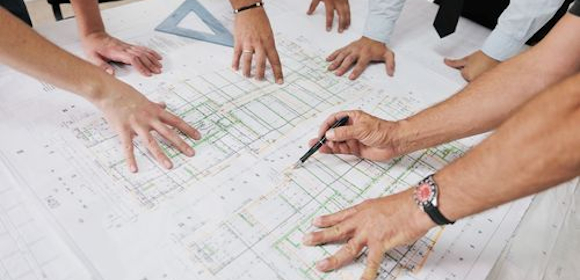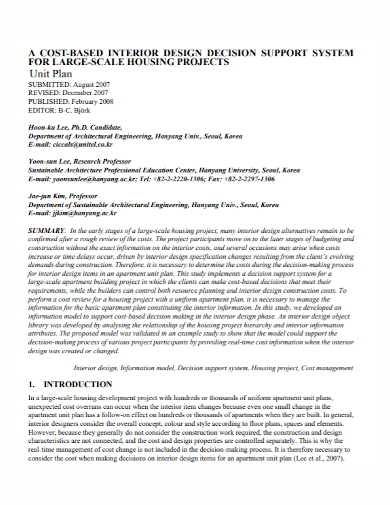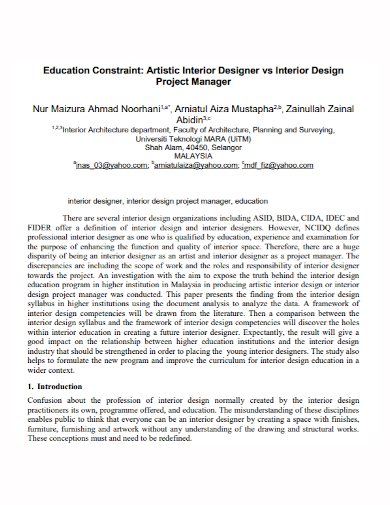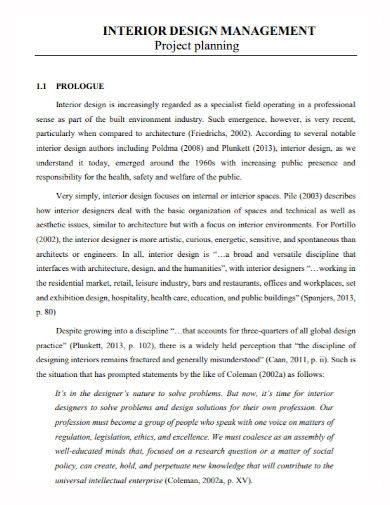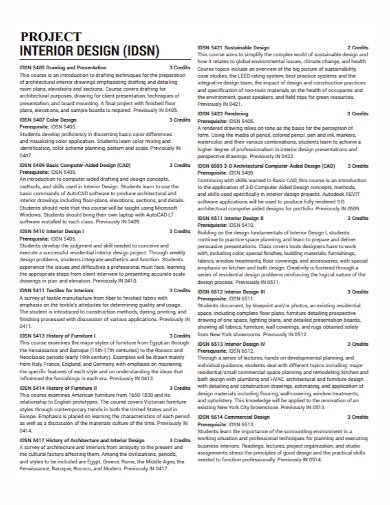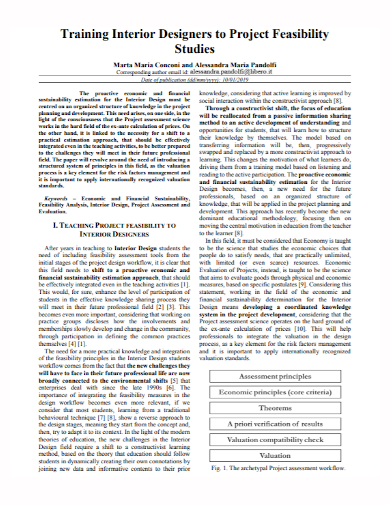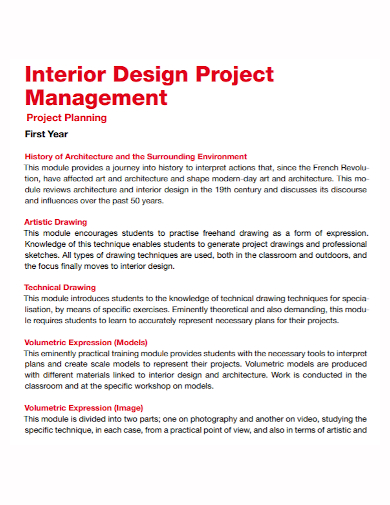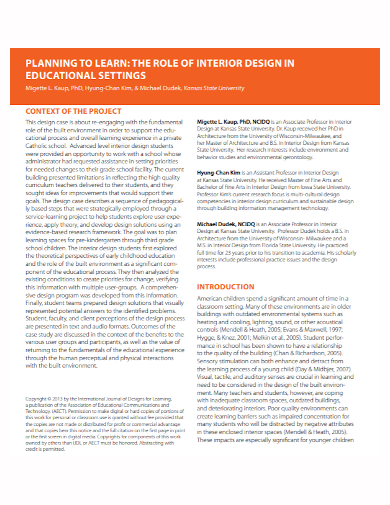Designers use a diverse set of skills and technical knowledge to create spaces that anticipate our needs and appeal to our emotions. Since its inception as a profession in the early twentieth century, interior design has evolved dramatically. Interior designers today collaborate with contractors, architects, engineers, artisans, furniture dealers, and businesses, and homeowners. You’ll need a well-rounded education and the ability to work across multiple disciplines to be a successful interior designer (architecture; graphic design; decorative arts; and textile, furniture, and lighting design).
8+ Interior Design Project Plan Samples
When we begin to think about renovating, it’s easy to get carried away and start pulling out beautiful images from magazines. When it comes to budget and timeline, however, it can be overwhelming if you don’t have a plan in place. That’s why we created the ultimate project planner workbook, which you can download for free below. But, before you go grab this handy guide, here are five things to think about when planning your next interior design project, whether it’s for yourself or for a client.
1. Interior Design Project Plan Template
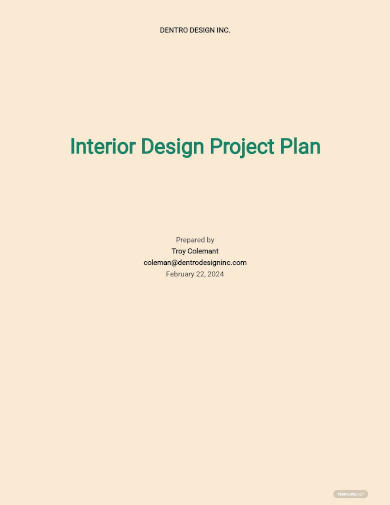
2. Interior Design Construction Project Plan
3. Interior Design System Project Plan
4. Interior Design Project Manager Plan
5. Interior Design Management Project Plan
6. Sample Interior Design Project Plan
7. Training Interior Design Project Plan
8. Standard Interior Design Project Plan
9. Eductional Interior Design Project Plan
Planning for Interior Design Project
- Visualize – First and foremost, you must determine what you envision as the end result. What is the room’s primary function? What furniture will you keep and what will you have to replace? It’s an excellent way to figure out what you’ll need to spend money on, where you can save money, and how you should approach the room’s layout.
- Set a budget – set a realistic budget, price everything out before you buy anything – comparison shopping is a must – and figure out where you can save money and what you won’t compromise on. White subway tiles, for example, are relatively inexpensive, but that bespoke wallpaper you’ve had your eye on for a long time? That’s something for which you’re willing to pay money.
- Gather some idea and use it for inspiration – Putting together inspiration and creating a mood board is possibly one of our favorite parts of the decorating process. If you’re looking for that perfect sideboard or rug, for example, you can save images from the web into your project boards. Instagram, glossy magazines, other people’s houses, and hotels, bars, and restaurants are all great places to get ideas.
- Secure a list of materials and resources – Making a list of all the resources and materials you’ll need ahead of time can save you time and stress, especially if there’s more structural/DIY work to be done than just painting the walls. Starting a project with everything you need on hand allows you to stay on schedule while also allowing you to shop around for the best price on products.
- Create a project timeline – It’s difficult to find the time to finish a decorating project in today’s hectic world. I’m willing to bet that almost every single reader has a half-completed project or idea lying around the house right now. To make the most of your time and the time of those you’ve outsourced, you’ll need to create a project timeline and stick to it. Consider furniture delivery delays, contractor delays, and the number of days you have available to work on the project.
FAQs
What is interior design?
Interior design is the art and science of improving a building’s interior to make it healthier and more aesthetically pleasing for the people who use it. An interior designer is a professional who plans, researches, coordinates, and manages such improvements.
Why do you have to know your space?
One of the first things you should do before tackling a room redesign is to get to know your space intimately. Take a thorough examination of the area. It is to be measured. Make a note of the dimensions and where the power outlets and switches are located. Knowing how big your room is will help you choose the right furniture, floor coverings, paint color, and accessories. Make a list of everything you’ll be keeping in the space as well.
If you want to see more samples and formats, check out some interior design project plan samples and templates provided in the article for your reference.
Related Posts
FREE 7+ Fashion Business Plan Samples in PDF
FREE 10+ Sprint Planning Samples In MS Word | Google Docs | PDF
FREE 10+ Wedding Planning Samples in MS Word | Apple Pages | Powerpoint | PDF
FREE 9+ Monthly Study Planner Samples in PSD | Illustrator | InDesign | PDF
FREE 9+ Sample Curriculum Planning Templates in PDF | MS Word
FREE 10+ Teacher Development Plan Samples in MS Word | Google Docs | Apple Pages | PDF
FREE 10+ Basketball Practice Plan Samples in PDF
FREE 12+ School Business Plan Samples in PDF | MS Word | Apple Pages | Google Docs
FREE 7+ Client Strategic Plan Samples in PDF | MS Word
FREE 11+ Trucking Business Plan Templates in PDF | MS Word | Google Docs | Pages
FREE 7+ Small Hotel Business Plan Samples PDF | MS Word | Apple Pages | Google Docs
FREE 14+ Bakery Business Plans in MS Word | PDF | Google Docs | Pages
FREE 4+ Yearly Lesson Plan Samples in PDF
FREE 50+ Strategic Planning Samples in Google Docs | Pages | PDF | MS Word
FREE 10+ Construction Project Plan Samples in MS Word | Google Docs | Apple Pages | PDF
